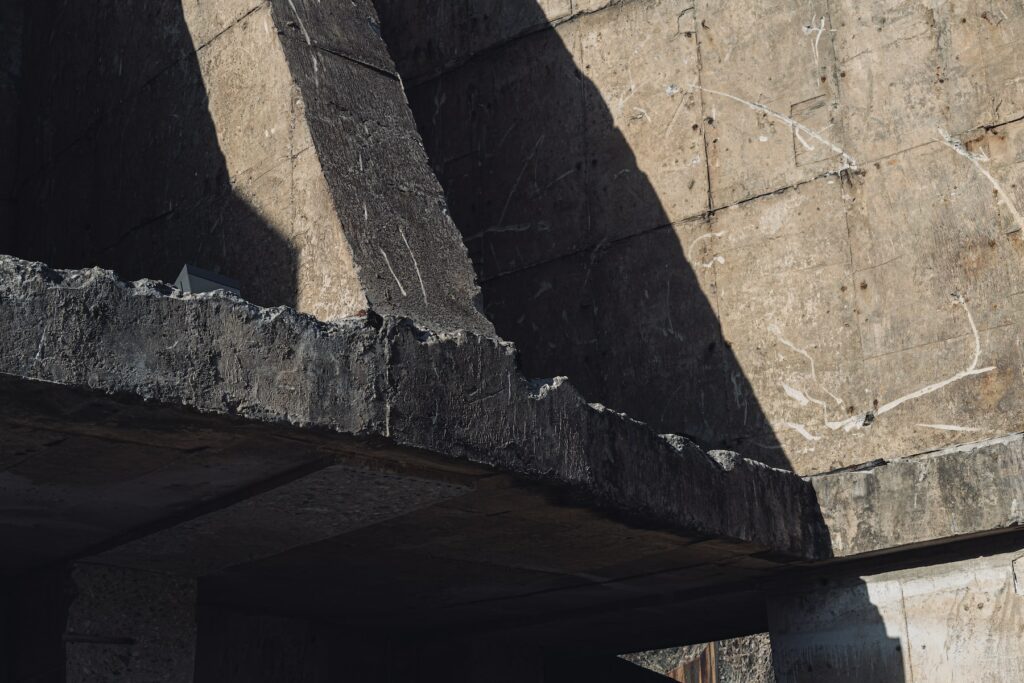![The ‘Giveaway Piggy Back Scam’ In Full Swing [2022]](https://www.cjco.com.au/wp-content/uploads/pexels-nataliya-vaitkevich-7172791-1-scaled-2-683x1024.jpg)

Revolutionizing Robotics: Machine Learning Masters Material Identification and Tracking

As Seen On
Throughout the past few years, robots have increasingly become an integral part of our daily lives, performing a multitude of tasks from cooking to manipulation. These robotic applications require the machines to interact with and manipulate various materials accurately. However, identifying the same material across different lighting conditions, shapes, and sizes has been a significant challenge for artificial intelligence (AI) systems. The collaboration between MIT and Adobe Research has now made strides in revolutionizing the ability of robots to identify and track objects based on their material properties.
MIT and Adobe Research: A Game-Changing Collaboration
Researchers from MIT and Adobe Research have developed a method to track instances of a specified material in an image based on a user-selected pixel. Their machine-learning algorithm is resilient to shadows, illumination changes, size, and shape variations, which has long plagued earlier material identification methods.
The Versatility of the System
This innovation is not just limited to images, as it has performed successfully in real-world indoor and outdoor situations and has also demonstrated applicability to films. This capability opens a world of possibilities, including enhancing robotic scene perception, improving image editing software, and advancing computational systems and content-based recommendation systems.
Current Material Selection Methods Falling Short
The limitations of current material selection methods are clear, as they often fail to accurately identify all pixels representing the same material. Moreover, there is a lack of ability to handle objects with multiple materials, such as a wooden chair with upholstered seats.
A Cutting-Edge Machine-Learning Approach
The novel machine-learning approach developed by MIT and Adobe Research examines every pixel in an image to find material similarities. The algorithm has shown immense promise in accurately identifying materials, even in complex images with varying objects. For example, the algorithm successfully identified wooden table and chair legs in a given image, even with diverse materials present.
Model Training: Overcoming Challenges with Synthetic Data
A significant challenge faced in the training of this innovative model was the lack of preexisting datasets with granular-enough material labels. To overcome this hurdle, researchers created a synthetic dataset comprising 50,000 images with over 16,000 materials in various interior scenarios. This approach not only results in well-trained models but also paves the way for further exploration of machine learning in material identification and tracking.
In conclusion, the collaboration between MIT and Adobe Research has revolutionized the field of robotic material identification and tracking. While there are still challenges to overcome, this machine-learning method’s versatility shows immense potential in a variety of applications, enhancing the capabilities of robots and AI systems across the board. As technology continues to advance, expect to see even greater innovation and breakthroughs in robotics and artificial intelligence.
Casey Jones
Up until working with Casey, we had only had poor to mediocre experiences outsourcing work to agencies. Casey & the team at CJ&CO are the exception to the rule.
Communication was beyond great, his understanding of our vision was phenomenal, and instead of needing babysitting like the other agencies we worked with, he was not only completely dependable but also gave us sound suggestions on how to get better results, at the risk of us not needing him for the initial job we requested (absolute gem).
This has truly been the first time we worked with someone outside of our business that quickly grasped our vision, and that I could completely forget about and would still deliver above expectations.
I honestly can't wait to work in many more projects together!
Disclaimer
*The information this blog provides is for general informational purposes only and is not intended as financial or professional advice. The information may not reflect current developments and may be changed or updated without notice. Any opinions expressed on this blog are the author’s own and do not necessarily reflect the views of the author’s employer or any other organization. You should not act or rely on any information contained in this blog without first seeking the advice of a professional. No representation or warranty, express or implied, is made as to the accuracy or completeness of the information contained in this blog. The author and affiliated parties assume no liability for any errors or omissions.

